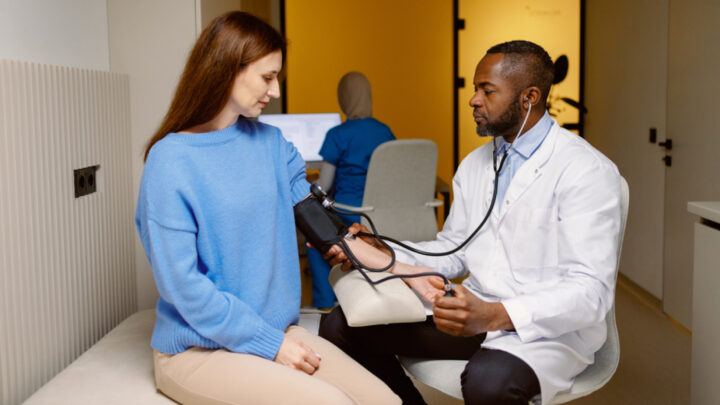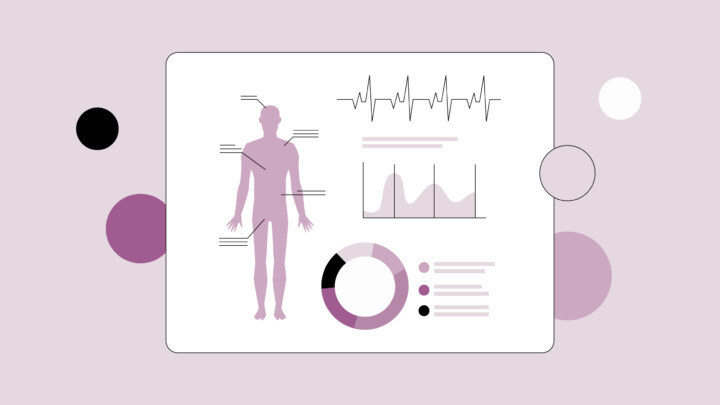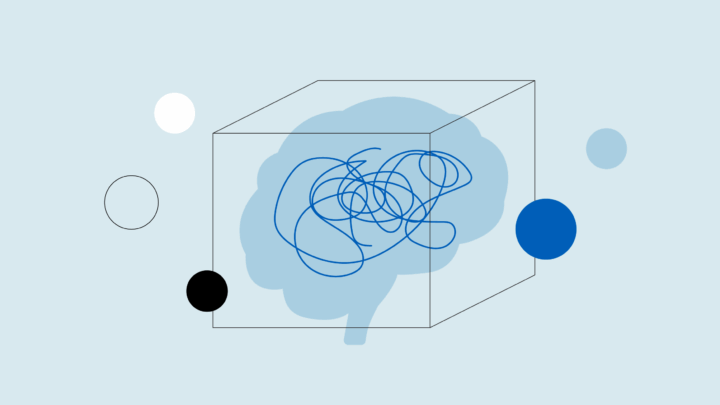
Burnout impacts professions across industries. Work-related stress became an international conversation in 2020 at the height of the Covid pandemic. However, no group may feel more burnt out these last few years than physicians and healthcare workers.
Even before Covid, reports of burnout were widely published, as were worries of an impending physician shortage. Various factors are to blame for the dissatisfaction many providers feel: long hours, too many administrative tasks, and high levels of stress.
And the risks from burnout are real, not just for the individual clinical worker, but for the patient and overall healthcare system. Consequences include:
- Lower patient satisfaction and care quality
- Higher medical error rates and malpractice risks
- Higher physician and staff turnover
- Rise in substance abuse
- Growing mental health issues
The problems with care administrative systems
Electronic health records took off in the early 2000s and are currently standard practice globally. Countries like New Zealand, Norway, and the Netherlands are reporting EMR usage rates above 90% for primary care physicians. These systems gained popularity for their benefits of storing medical records more securely. They also can help:
- Minimize errors
- Maximize cost-efficiency
- Coordinate care
However, these systems and the burden they place on physicians are contributing to the burnout crisis we find ourselves in. According to a Sermo poll of more than 260 global HCPs, 52% reported using two or more EMRs—some use four or more—to deliver patient care. This disjointed system adds two hours of work for every hour of patient care.
According to the same Sermo poll, the amount of time physicians spend on EMRs compared to caring for patients is indeed skewed:
- 26% spend significantly more time using EMRs than interacting with patients
- 23% spend significantly more time with patients than EMRs
- 20% spent equal time with both
Balancing the time physicians dedicate between using clinical tools and patient treatment is associated with their satisfaction. Most physicians go into medicine wanting to care for patients, not interface with electronic systems.
A single source of truth?
Electronic medical systems were an incredible innovation over previous workflows for recording and transferring patient health records. No more faxes, paper files, or lost folders. Now patient records are stored electronically, creating parity in health information and patient history. However, in practice, this is not always the case.
Despite the hundreds of hours physicians spend inputting information into the EMRs, the data in these systems are often still inconsistent or missing. 27% of physician respondents to Sermo’s poll report needing to run their own tests or exams to get the necessary data to ensure complete patient records. In essence, many need to increase their workload to get the information missing in the electronic record before they can begin discussing a treatment plan.
This additional administrative burden trickles up and adds to the problem of burnout and physician dissatisfaction. But does this trend have to continue?
Tackling burnout can address physician shortages
Making a long-term investment in our critical medical professionals would not only improve their work-life balance but help entice those disillusioned with the healthcare system to continue to treat patients. One survey found that about 24% of physicians are moderately or more likely to leave their practice in the next two years.
With our growing—and aging—population, we need to attract new physicians to join the workforce and retain our current ranks. The challenges our medical providers face are clear, but how we respond will be telling about our value and gratitude for the sacrifices and care these professionals offer us each and every day.
While we may fall short of a utopian balance in the future, we have the opportunity and capability to improve the current conditions for these necessary medical professionals.
Interested in more physician insights? Check back any time and follow us on Facebook, Twitter, and LinkedIn for the latest and greatest in physician insights.
Are you a physician or healthcare practitioner?
Explore the many benefits of joining Sermo’s medical community and sign up for free today.














